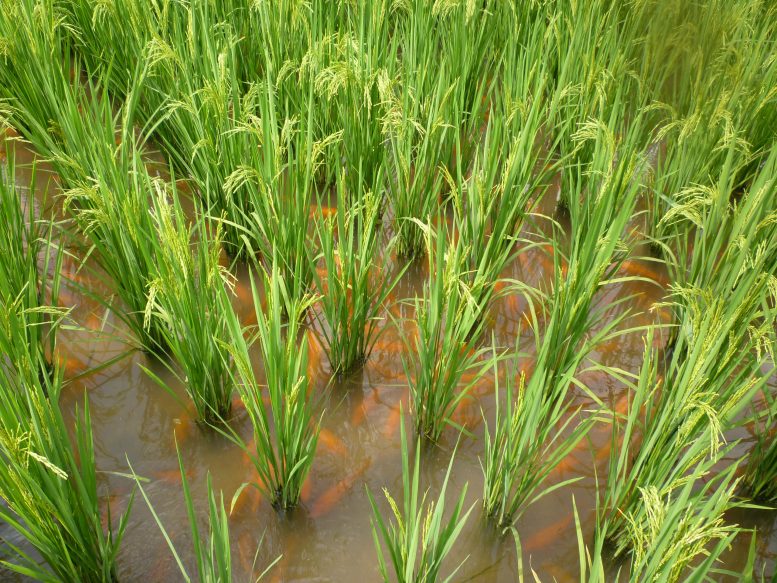
A rice-fish co-culture farm in the Zhejiang Province, China. This traditional Southeast Asian technique of integrating rice farming with aquaculture has the potential to meet global food demands, improve environmental health, and generate an additional $150 billion in annual revenue for producers worldwide, according to a new study. Credit: The Food and Agriculture Organization (FAO)/Luohui Liang
Rice-animal co-culture farming, an ancient Southeast Asian practice, could help meet global food demands and generate an additional $150 billion annually for producers while improving environmental health. This method increases rice yields and reduces nitrogen runoff, leaching, and methane emissions compared to monoculture farming.
By the numbers, rice-animal farms:
- Reduce annual nitrogen runoff and leaching by 300,000 tons
- Decrease annual methane emissions in rice paddy fields by 190,000 tons
- Provide an additional $152 billion to $171 billion in revenue to producers annually
A traditional Southeast Asian rice farming technique of raising fish and other aquatic livestock in paddies has the potential to meet global food demands, improve the health of both people and the environment and earn producers an additional $150 billion a year worldwide, a new study finds.
Rice is a staple food that sustains about half of the world’s population, and almost all of it is grown as a monoculture, or single-crop species. Systems for growing rice and raising aquatic animals, such as fish, shrimp, and ducks, together have existed for over 1,000 years. The practice is now rare, with only 1% of global rice production coming from co-culture farms.
Previous studies have found that combining rice farming with aquaculture increases land-use efficiency while reducing the need for commercial fertilizers, due to the animals’ nutrient-rich droppings, and pesticides, because aquatic species eat many problem insects and weeds.
“Rice-animal co-culture systems provide an innovative strategy to tackle the multiple challenges society is facing today, including the food crisis, climate change, environmental pollution, and resources shortage,” said Baojing Gu, an ecologist at Zhejiang University and an author of the study.
The research was published in AGU’s journal Earth’s Future, which focuses on interdisciplinary research on the past, present, and future of our planet and its inhabitants.
The new study assessed the performance of rice-animal co-culture systems throughout the world by looking at the combined research findings of 155 different case studies.
The researchers found that rice-animal farms increase annual rice yields by 4% while reducing nitrogen runoff by 16% and leaching by 13% in relation to rice monocultures.
“Co-culture [systems] produce more diverse food types and nutrient sources, contributing to food security,” said Jinglan Cui, an ecologist at Zhejiang University and an author of the study.
The study also found that rice-animal farms decrease methane emissions by 11% in relation to rice monocultures. Rice-duck and rice-crayfish co-culture systems altogether are estimated to reduce methane emissions by about 40%, while rice-fish co-culture systems are estimated to increase methane emissions by 29%.
According to the authors, the differences in methane emissions between co-culture systems can be attributed to the oxygen levels present in each system, with methane emissions increasing in response to low oxygen levels. Fish swim around the paddy fields consuming oxygen in the system, resulting in higher methane emissions. Duck and crayfish introduce oxygen into the system by digging and perturbing the soil in the paddy fields, lowering methane emissions.
Each system is unique in the ecological and economic benefits they provide, and, according to the authors, the animal that should be chosen for a specific co-culture system depends on how well they can survive, grow, and reproduce in a given environment.
According to the study, 87% of existing rice monoculture farms, or a total of 143 million hectares (about 353 million acres) worldwide, are estimated to be suitable for rice-animal farms based on their climates.
If all suitable land were used for rice-animal co-culture farming, those farms would produce more than 140 million tons of animal protein per year, according to the study, surpassing current global aquaculture production of just above 100 million tons per year.
Global adoption of rice-animal co-culture systems is estimated to provide an additional $152 billion to $171 billion in revenue to producers annually, according to the study. However, the expected profits would vary by country and are dependent on the amount of land that is suitable for rice-animal co-culture.
The countries projected to benefit the most from this farming approach are in Asia, where suitable land is more plentiful. Producers in China and India are estimated to earn an extra $34.8 billion to $52.8 billion more per year, while producers in Indonesia, Bangladesh, and Thailand can earn an extra $10.4 billion to $18.9 billion per year by switching to rice-animal co-culture.
Countries in other regions of the world that have the climate to sustain rice-animal farming, but currently have very few rice-animal farms established, also stand to benefit from the adoption of this practice, according to the study. Countries like the United States and Brazil could earn an extra $1.4 to $2.4 billion per year by introducing rice-animal co-culture systems.
Despite the potential benefits, the adoption of rice-animal co-culture has been slow to gain traction on a global scale because it requires co-culture-specific technologies; resources such as capital, labor, infrastructure and market networks; and challenging national policies that promote rice monocultures, according to author Jane Cui.
“Prevailing agricultural policy paradigms favoring intensive rice monocultures may present a barrier for adoption of rice-animal co-culture in many countries,” Cui said.
Reference: “Rice-Animal Co-Culture Systems Benefit Global Sustainable Intensification” by Jinglan Cui, Hongbin Liu, Hongyuan Wang, Shuxia Wu, Muhammad Amjad Bashir, Stefan Reis, Qiaoyu Sun, Jianming Xu and Baojing Gu, 30 January 2023, Earth’s Future.
DOI: 10.1029/2022EF002984




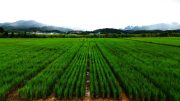
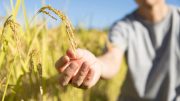

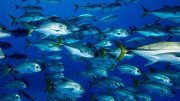
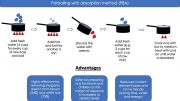
If methane is reduced because the animals aerate the water, does that mean more CO2 is produced?